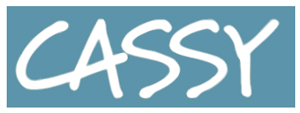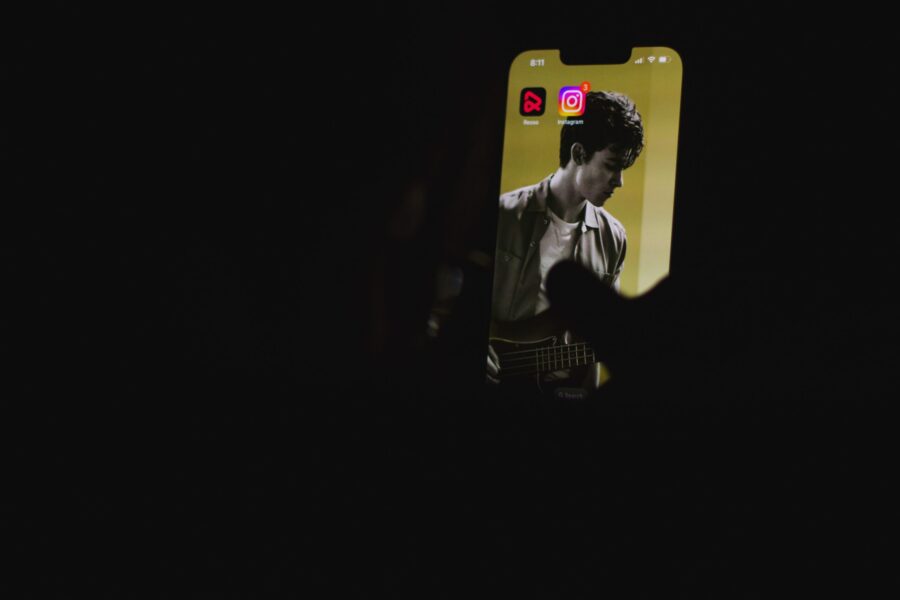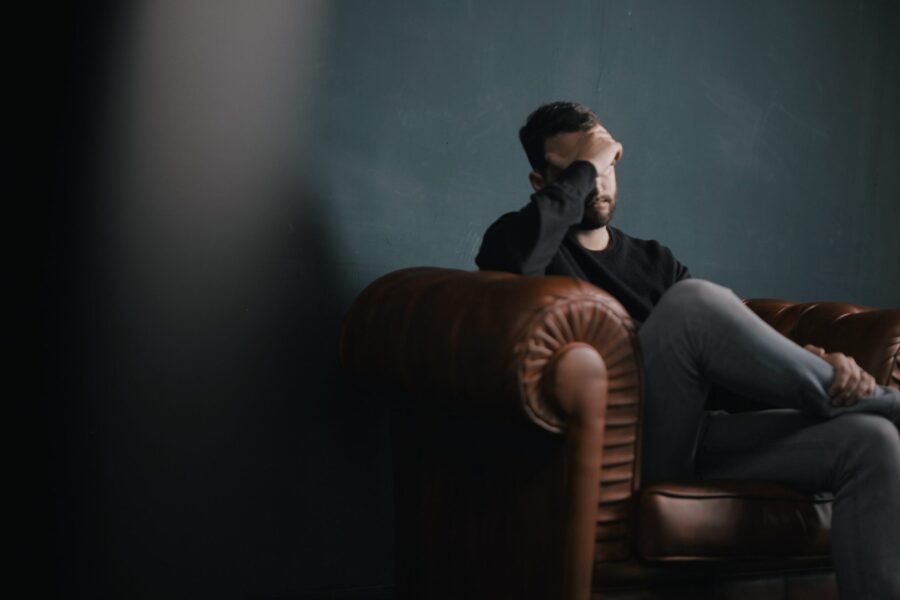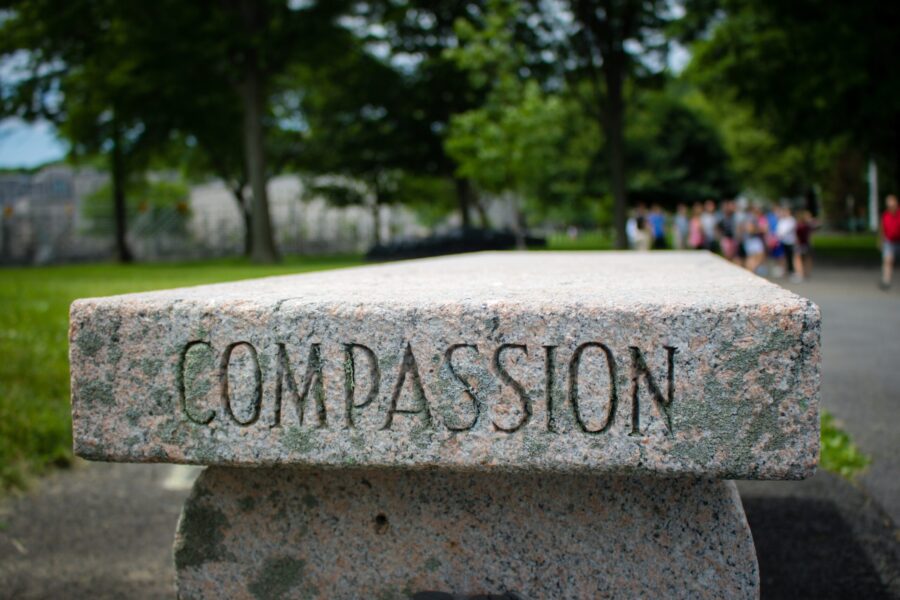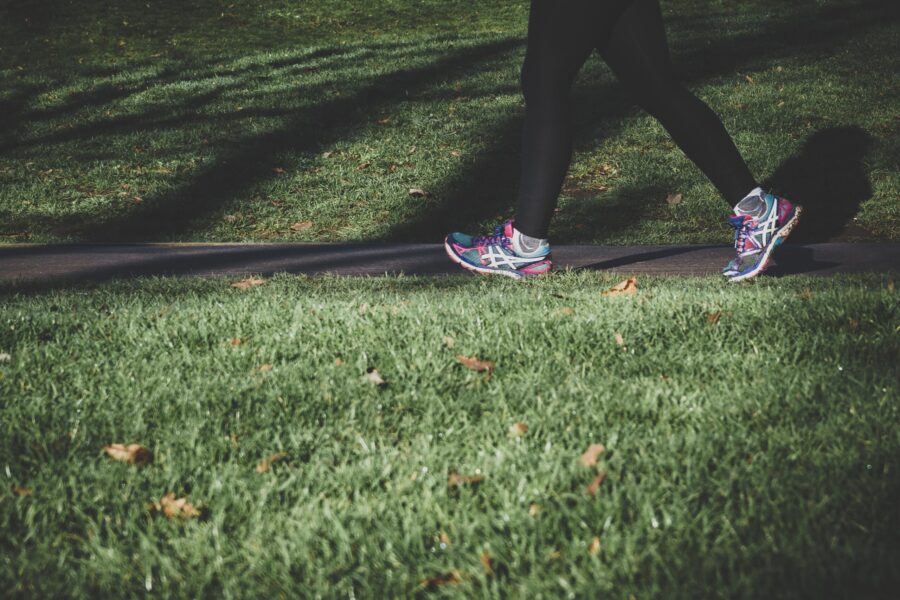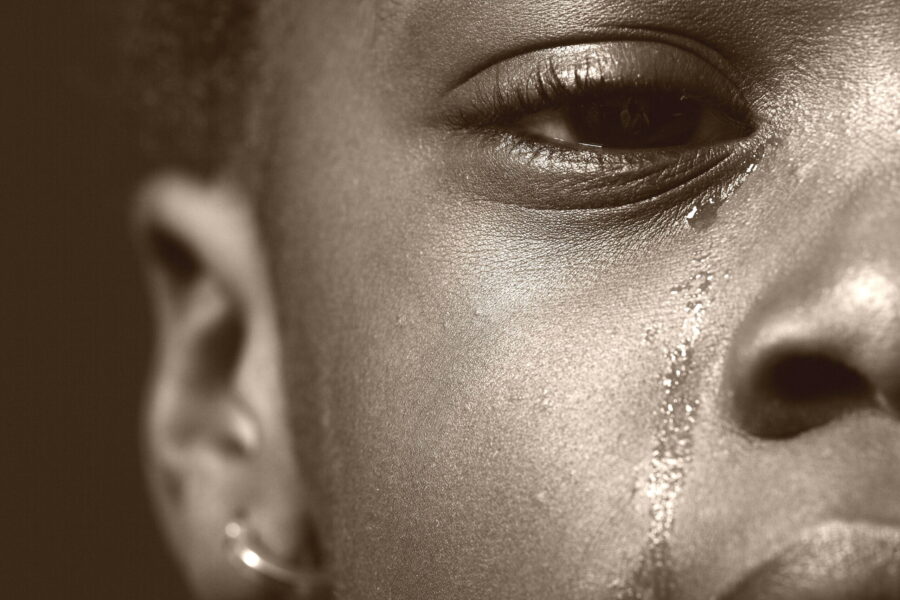[vc_row equal_height="yes" content_placement="middle" row_content_width="grid" content_text_aligment="left" bg_type="bg_color" css=".vc_custom_1645301864559{margin-top: 25px !important;margin-bottom: 0px !important;padding-top: 0px !important;padding-right: 15px !important;padding-bottom: 0px !important;padding-left: 15px !important;}" bg_color_value="#fcfcfc"][vc_column width="2/3" css=".vc_custom_1645263000271{margin-top: 0px !important;margin-bottom: 0px !important;margin-left: 0px !important;padding-top: 0px !important;padding-bottom: 0px !important;padding-left: 0px !important;}"][vc_column_text]The newly-released CDC statistics are alarming. Almost 1 in 3 high school girls say they have seriously considered suicide in the past year. One in 5 teens identifying as LGBTQ+ report attempting suicide in that time. Between 2009 and 2019, teen depression rates doubled – before the pandemic. An outstanding NPR article by Cory Turner asks the big question: Why now?
Mitch Prinstein, Ph.D., the chief science officer at the American Psychological Association, has thoughts about the role of social media in the teen mental health crisis, which he shared with the Senate Judiciary Committee in February.
"Our brains, our bodies, and our society have been evolving together to shape human development for millennia. ... Within the last 20 years, the advent of portable technology and social media platforms [has been] changing what took 60,000 years to evolve," Prinstein said. "We are just beginning to understand how this may impact youth development."
NPR's Turner has distilled Prinstein's 22-page testimony down to ten key takeaways.
- Social interaction is key to child growth and development.
Human beings are social creatures. We learn through social interaction, and our interactions with peers have powerful and far-reaching effects. Prinstein noted that "numerous studies have revealed that children's interactions with peers have enduring effects on their occupational status, salary, relationship success, emotional development, mental health, and even on physical health and mortality over 40 years later.” Surprisingly, “these effects are stronger than the effects of children's IQ, socioeconomic status and educational attainment."
So social interaction is essential. But is the kind of interaction social media platforms offer
healthy?
- Social media platforms often promote the wrong kind of social interaction.
So what's the right kind? According to Prinstein, we need and crave interactions and relationship-building "characterized by support, emotional intimacy, disclosure, positive regard, reliable alliance (e.g., 'having each other's backs') and trust."
Unfortunately, these kind of interaction are hard to come by on social media. Social media platforms tend to quantify engagement, emphasizing the numbers of “likes” and “followers” rather than the human beings behind them. Teens frequently post things, whether they are true or not, simply to attract attention.
These exchanges, Prinstein cautions, "create the exact opposite qualities needed for successful and adaptive relationships (i.e., [they are] disingenuous, anonymous, depersonalized). In other words, social media offers the 'empty calories of social interaction,' that appear to help satiate our biological and psychological needs but do not contain any of the healthy ingredients necessary to reap benefits."
Not only do they fail to satisfy our craving for genuine relationship, but these online interactions are decidedly
unsatisfying and
unhelpful. Studies have shown that “social media can actually
make some teens feel lonelier.”
- Social media is not all bad.
Not all social media is negative. When young people form and maintain genuine friendships online, they can be healthy. For many marginalized teens, in particular, Prinstein noted, "digital platforms provide an important space for self-discovery and expression" and can help them forge meaningful relationships that may protect them from the effects of stress.
- Adolescence is a "developmentally vulnerable period" when teens crave social rewards but lack the ability to restrain themselves.
During puberty, Prinstein explained, the areas of the brain "associated with our craving for 'social rewards,' such as visibility, attention and positive feedback from peers" tend to develop well before the bits of the brain "involved in our ability to inhibit our behavior, and resist temptations." The reward metrics many social media platforms use – such as "likes" and new "followers" – can trigger and feed that urge.
- "Likes" make bad behavior look good.
Are teens susceptible to following bad behavior they see on social media? Yes, and no.
The prefrontal cortex is the part of the brain that helps us make smart, safe decisions. “Research examining adolescents' brains while on a simulated social media site…revealed that when exposed to illegal, dangerous imagery, activation of the prefrontal cortex was observed suggesting healthy inhibition towards maladaptive behaviors," Prinstein told the Senate committee.
BUT…
When teens viewed these same illegal or dangerous behaviors on social media alongside icons noting that the negative content had been "liked" by others, the prefrontal cortex stopped working as well, Prinstein said, "suggesting that the 'likes' may reduce youths' inhibition (i.e., perhaps increasing their proclivity) toward dangerous and illegal behavior."
As
the article pointedly summarized, “In other words, bad behavior feels bad — until other people start liking it.”
- Social media can even make "psychologically disordered behavior" look good.
Prinstein called out websites and online accounts that actively promote disordered-eating and nonsuicidal self-harm behaviors, like self-cutting.
"Research indicates that this content has proliferated on social media sites, not only depicting these behaviors, but teaching young people how to engage in [them], how to conceal these behaviors from adults, actively encouraging users to engage in these behaviors, and socially sanctioning those who express a desire for less risky behavior."
- Extreme social media use looks a lot like addiction.
A host of research has shown that excessive social media use can resemble the classic symptoms of other addictions, because "regions of the brain activated by social-media-use overlap considerably with the regions involved in addictions to illegal and dangerous substances," Prinstein explained. Teen brains have not yet developed the self-control tools they will have as adults.
[How Is TikTok Like Crack Cocaine? For more on social media and addiction, read
CNN's interview with Dr. Anna Lembke, professor of psychiatry at Stanford University School of Medicine, summarized
here.]


